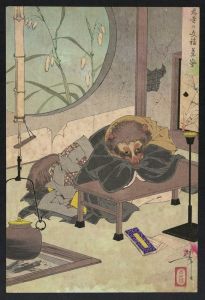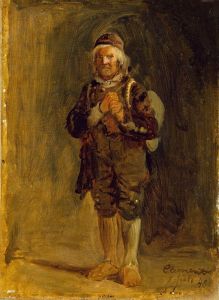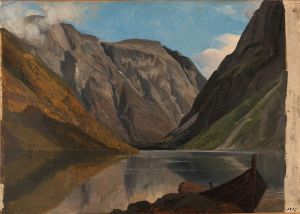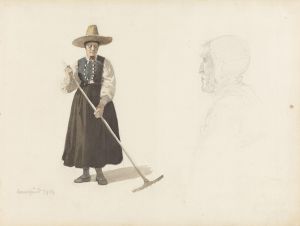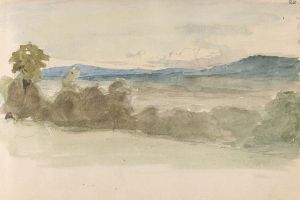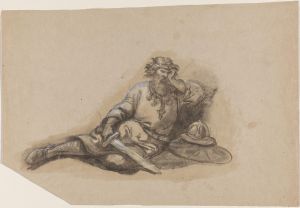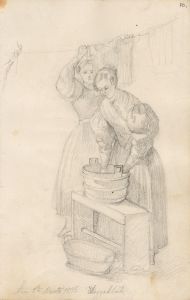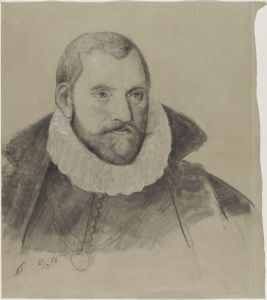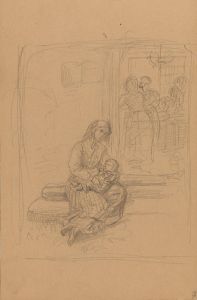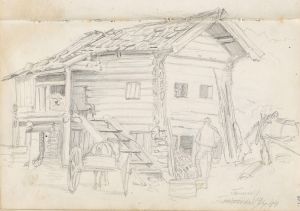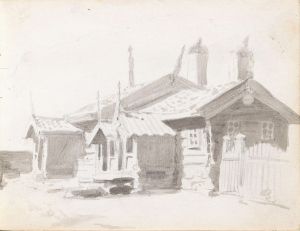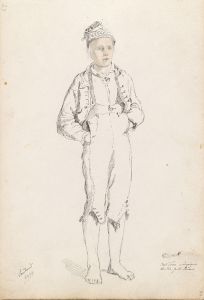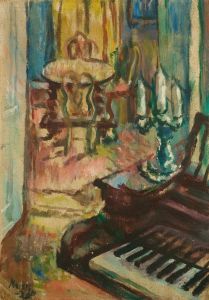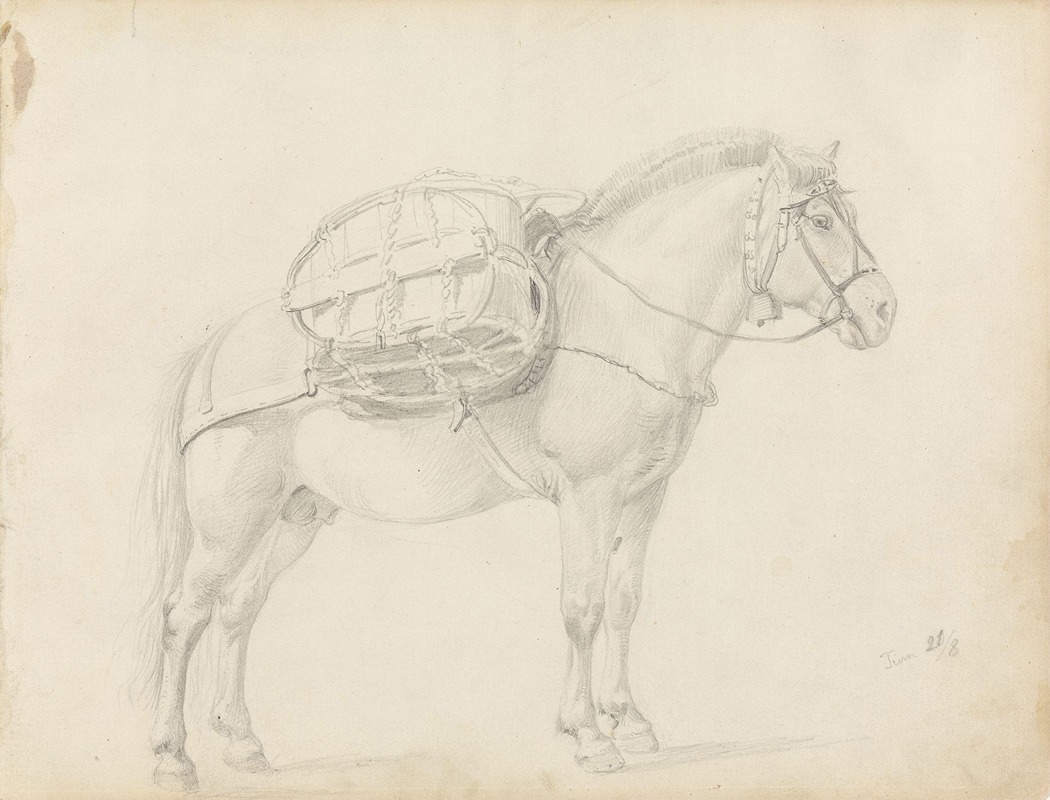
Kløvhest, Tinn i Telemark
A hand-painted replica of Adolph Tidemand’s masterpiece Kløvhest, Tinn i Telemark, meticulously crafted by professional artists to capture the true essence of the original. Each piece is created with museum-quality canvas and rare mineral pigments, carefully painted by experienced artists with delicate brushstrokes and rich, layered colors to perfectly recreate the texture of the original artwork. Unlike machine-printed reproductions, this hand-painted version brings the painting to life, infused with the artist’s emotions and skill in every stroke. Whether for personal collection or home decoration, it instantly elevates the artistic atmosphere of any space.
Adolph Tidemand was a prominent Norwegian painter in the 19th century, known for his detailed and realistic depictions of Norwegian folk life and traditions. One of his notable works is "Kløvhest, Tinn i Telemark," which translates to "Packhorse, Tinn in Telemark." This painting is a fine example of Tidemand's dedication to capturing the essence of rural Norway and its people.
"Kløvhest, Tinn i Telemark" was created in 1851, during a period when Tidemand was particularly focused on documenting the everyday lives of Norwegian peasants. The painting portrays a scene from Tinn, a municipality in the county of Telemark, which is known for its rich cultural heritage and picturesque landscapes. Telemark was a significant source of inspiration for Tidemand, as it was home to many traditional Norwegian customs and practices that he sought to preserve through his art.
In the painting, a packhorse is depicted carrying goods, likely essential supplies or agricultural products, along a rural path. The packhorse, or "kløvhest," was an integral part of rural Norwegian life, especially in the mountainous regions where other forms of transportation were impractical. The use of packhorses for transporting goods reflects the self-sufficient and industrious nature of the Norwegian peasantry during this period.
Tidemand's attention to detail is evident in the realistic portrayal of the horse and its load, as well as the surrounding landscape. The artist's skill in rendering textures and natural elements brings the scene to life, allowing viewers to gain a deeper understanding of the daily challenges and routines faced by the people of Tinn. The painting also highlights the harmonious relationship between humans and animals in rural Norway, emphasizing the importance of cooperation and mutual reliance.
Adolph Tidemand's work is often celebrated for its ethnographic value, as he meticulously documented the customs, clothing, and environments of Norwegian rural communities. His paintings serve as valuable historical records, providing insight into the cultural and social fabric of 19th-century Norway. "Kløvhest, Tinn i Telemark" is no exception, offering a glimpse into the life of Norwegian peasants and their reliance on packhorses for transportation and trade.
Throughout his career, Tidemand collaborated with other artists, most notably Hans Gude, with whom he created several iconic works depicting Norwegian landscapes and folk life. While "Kløvhest, Tinn i Telemark" is a solo work by Tidemand, it shares the same commitment to authenticity and cultural preservation that characterizes his collaborative pieces.
Today, Adolph Tidemand is remembered as one of Norway's most important painters, and his works continue to be studied and admired for their artistic and historical significance. "Kløvhest, Tinn i Telemark" remains a testament to his dedication to capturing the spirit of rural Norway and preserving its traditions for future generations.





